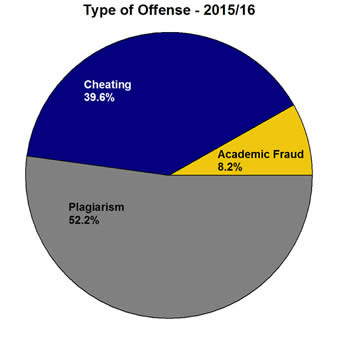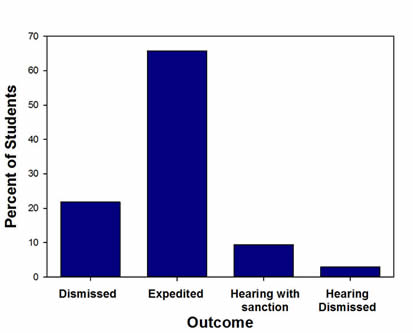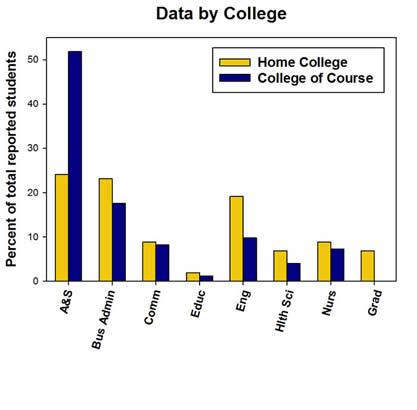Contacts
Academic Integrity Office
707 Building,
Room 332
1102 W. Wisconsin Avenue
(414) 288-0262
academicintegritycouncil@marquette.edu
Academic Integrity Director
Jacob Riyeff, Ph.D.
Teaching Associate Professor, Dept. of English
Klingler College of Arts and Sciences
Academic Integrity Coordinator
Maria Cooper
Administrative Assistant, Honors Program
More information
- Council Members
- Academic Integrity Tutorial
- Undergraduate Misconduct Overview
- Graduate Misconduct Overview
- A letter to parents from Academic Integrity director
For Faculty and Instructors
- Academic Misconduct Report Form
- Artificial Intelligence and Generative and Emerging Technologies Support for the Classroom
- Best Practices for Faculty and Instructors
- Summary of Undergraduate Tutorial
- Frequently Asked Questions — Faculty




